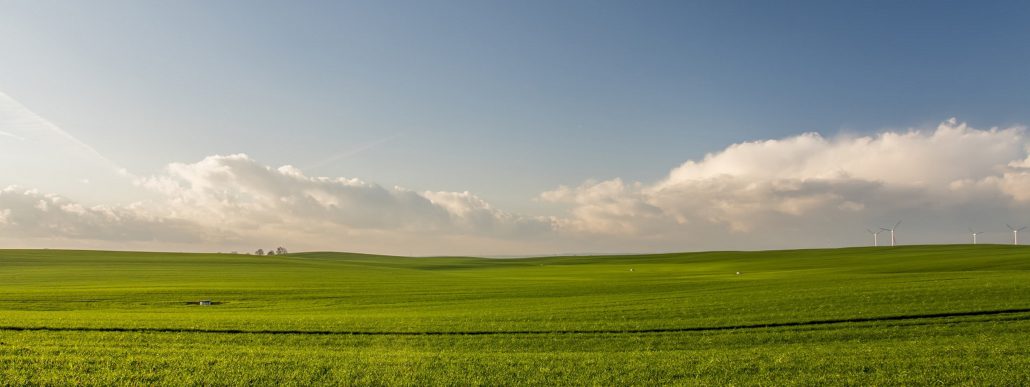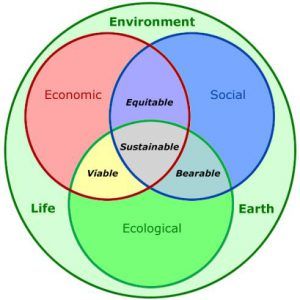As is the case when we meet new people, the conversation generally tends towards what jobs we do. Almost every time that I say I work on a sustainability project on dairy farms I get one of two reactions. Either, people say: ‘wow that’s fascinating, but what does it actually entail?’ Or they will say: ‘oh, so you are one of those greenies trying to save the environment?’ Both of these responses, along with slight variations, have led me to think about how sustainability is perceived by the average person.
I feel that sustainability as a word and term has been thrown around lately as a buzz word that people are impressed by, but do not actually understand. Part of the problem is that sustainability is used to describe a large variation of things. Sustainable is defined as: ‘able to be maintained at a certain rate or level’1. As a concept, this should be relatively simple then. The difficulty arises in the application of sustainability. Sustainable development has been defined as: ‘development that meets the needs of the present without compromising the ability of future generations to meet their own needs.’2 The implication is that in order to ensure sustainability and sustainable development three spheres need to be taken into account: the environment, the economy and society.
The three spheres of sustainability3
As the figure suggests, there is an optimal interaction between these spheres which will result in sustainability. I have found that a lot of confusion results when claims of sustainability are made which do not actually encompass all of the spheres, or just relate to specified elements of each. Sustainability is a holistic concept. I believe this is what is being missed out on when sustainability is advertised/communicated/claimed, and therefore results in confusion for a lot of people. The beauty of sustainability, for me, is that it relates to such a wide variety of elements, that when brought together correctly, result in ensuring long term success. This is through ensuring economic viability, having a negligible or positive impact on the environment, so that it can naturally support the process/project/industry for an indefinite period of time, and ensuring that society is not negatively impacted, or preferably, that society/individuals lives and standards of living are benefited.
What Trace & Save aims to do, is provide an integrity based measure of agricultural sustainability which will provide comprehensive feedback to farmers, with regards to where they stand in terms of sustainability on their farms, as well as to consumers, who can see what exactly has gone into the product being ‘sustainable’. The measure of sustainability takes into account all three spheres of sustainability, and provides farmers with an opportunity to observe how the changes that they make in management practices result in better sustainability.
References:
- http://oxforddictionaries.com/definition/english/sustainable– Accessed 17 July 2013
- United Nations General Assembly. 1987. Report of the World Commission on Environment and Development: Our Common Future. Transmitted to the General Assembly as an Annex to document A/42/427 – Development and International Co-operation: Environment. (http://www.un-documents.net/ocf-02.htm#I– Accessed 17 July 2013)
- http://en.wikipedia.org/wiki/File:Human_Sustainability_Confluence_Diagram2.png– Accessed 17 July 2013
- A carbon footprint assessment for pasture-based dairy farming systems in South Africa - 2024-02-07
- What progress have farms participating with Trace & Save made over the past 10 years? - 2023-09-06
- Carbon footprint reduction over time: Lessons from pasture-based dairy farms in South Africa - 2023-09-04


